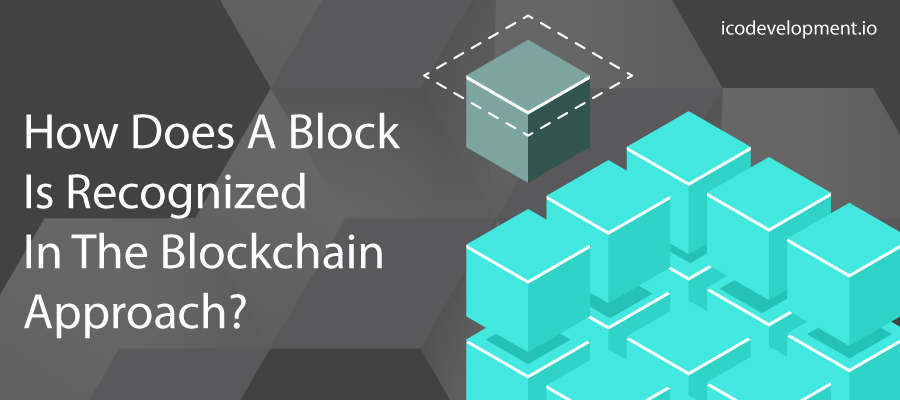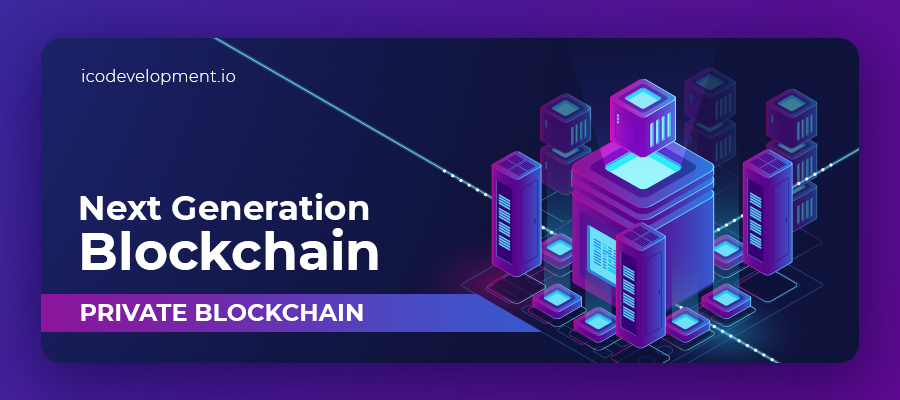Does Hedera Hashgraph Development Solve Blockchain’s Scalability Issue?
March 12, 2019The Best ICO List to Discover Emerging Cryptocurrencies
March 14, 2019Blockchain and cryptocurrencies have been a trending topic not only on social media but in sector-specific news as well. Everyone understands the cryptocurrency as a digital currency BitCoin being the most valuable and popular one. But many are still vague on underlying technology behind BitCoin revolution. The technology is called blockchain. In simple words, a blockchain is a decentralized ledger which holds unique features collectively which was not possible before its innovation. These unique features are immutability of data, transparency of the same, peer-to-peer network and security of information through consensus.
A blockchain is a chain of information in digital space formed by people, verified by people and added by people. Each information can be seen only by blockchain’s participants. The block contains data but to in the digital space, recognizing the block of a large blockchain such as BitCoin is hard for people with a non-technical background. So to define the recognization of a single block first, we need to understand what is a block and what is a hash function.
What Is A Block In The Blockchain?
Before understanding how to recognize a block in the blockchain, let us know what a block is. A block is a digital safe to store the information and lock it forever. The data added on a particular block is immutable, meaning information cannot be altered nor can be deleted. Each block of data is connected with previous blocks of information, and the hierarchy of the blocks as well cannot be changed unless 51% of the blockchain participants allows any of both the changes. Now if you are wondering how this information gets locked, then read further.
What Is A Hash Function?
The information in the block is calculated through a computerized algorithm. This algorithm changes the transaction or information into a combination of characters and numbers going up to 64 digits. This calculation is known as the Hash function. This hash function not only locks the information to be seen by participants of the blockchain only but it also provides immutability of the same. Further, all the participants check the strength of this hash function to be added to the entire chain. Whoever checks the hash function before their peers in the blockchain is rewarded with a cryptocurrency, and when more than 51% participants approve of the block, the block is added to the chain with a hash function forming a chain of a block which is immutable. If the hash function proves to be solvable then, it gets rejected by participants and the race to calculate the hash function starts again between peers. Hence, there is two hash function for a single block, and these hash functions work as a time stamp of the information added.
Now when the decentralized ledger which consists of two hash functions are approved by all or more than 51% of peers, then the said information is recognized as a block in the blockchain approach.
We hope you have found this article informative and interesting.ICO Development has established our credibility and position as leading Blockchain developers. For more information connect with ICO Development experts! You can also write to us at sales@icodevelopment.io




